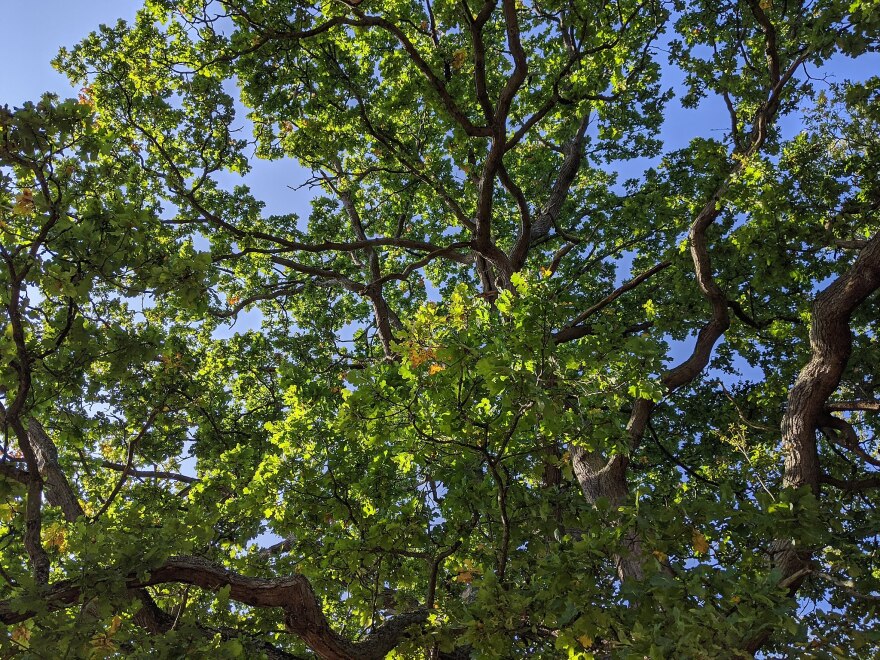Over 100 years ago, the Buffalo nickel featured the American Bison, which later became our official national mammal.
But it was only 20 years ago that the National Arbor Day Foundation invited everyone in the country to vote for our national tree. The winner? The mighty oak, which received over 101,000 votes.
According to Congress, "the oak represents our nation's strength, growing from just an acorn into a powerful entity whose many branches reach skyward with every passing year."
I like to think that Americans chose the oak tree because, like our own population, it’s incredibly diverse, with over 90 species native to our country. You can find oaks in all shapes and sizes, from New England’s stately red oaks to the scrub oaks of California.
Oak trees can also adapt to their environments: California’s Blue oak are deciduous, while Arizona’s Silver Leaf Oak are evergreen. The willow oak thrives in our Southern states’ wet climate, whereas Utah’s Gambel oaks do well in the arid mountain west.
And don’t forget that oaks played a role in American history. The USS Constitution battleship got the nickname "Old Ironsides” for its resistance to British cannonballs, thanks to its hull’s solid oak timbers.
But given that a mature oak tree can create over two million acorns during its lifetime — and that only one needs to survive for the tree’s success — I can’t help but think of our country’s motto, E pluribus unam, “out of many, one.” It’s a reminder that even in our great diversity, we are stronger when we come together, a message that our mighty oaks help us remember.



